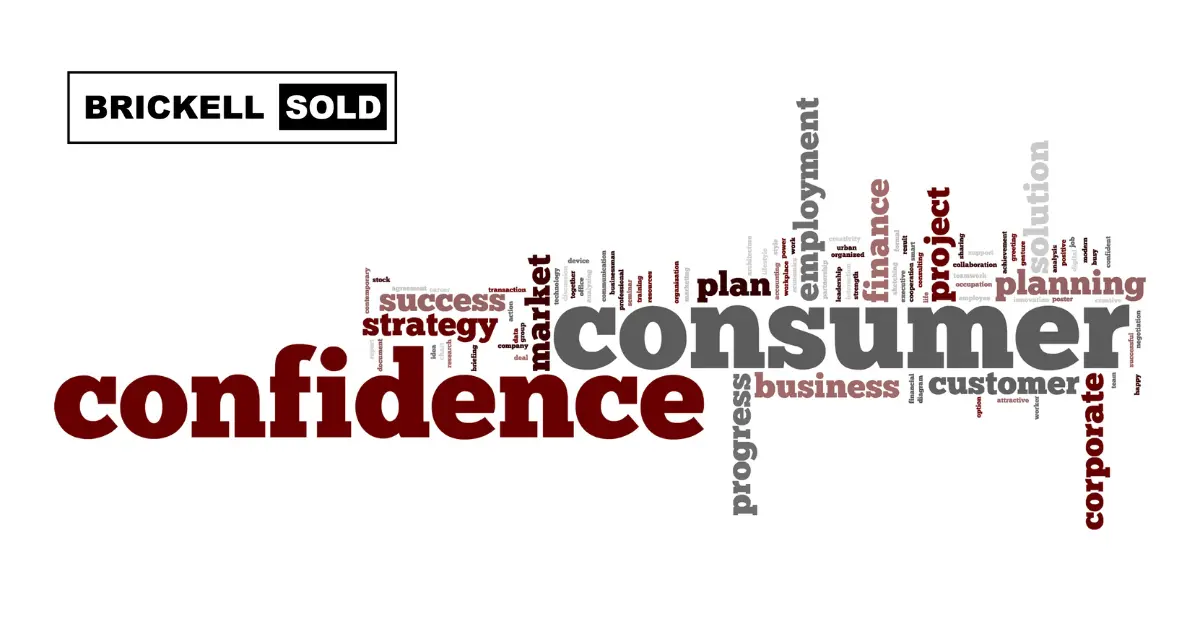Introduction
Consumer confidence is a vital economic indicator that reflects the optimism or pessimism of consumers regarding their financial situation and the overall state of the economy. It provides insights into spending habits, saving patterns, and economic trends. One prominent source for measuring this sentiment is the Consumer Confidence Index (CCI) published by The Conference Board. This index is widely referenced by businesses, policymakers, and analysts to understand economic trends and predict future market movements.
In this blog, we’ll delve deep into the concept of consumer confidence, how it’s measured, its implications for various sectors, and its relationship with broader economic indicators.
What Is Consumer Confidence?
Consumer confidence represents the collective sentiment of households about the current and future state of the economy. When consumers feel optimistic about their income, employment, and financial stability, they are more likely to spend, which stimulates economic growth. Conversely, pessimism often leads to reduced spending and increased saving, which can slow economic activity.
The Conference Board defines consumer confidence as an essential economic indicator and tracks it through the Consumer Confidence Index (CCI), which is based on surveys of thousands of households.
How the Consumer Confidence Index (CCI) Works
The Consumer Confidence Index (CCI), created by The Conference Board, is calculated using data from a monthly survey conducted on a representative sample of 5,000 U.S. households. The survey measures two key components:
- The Present Situation Index:
- Reflects consumers’ appraisal of the current business and labor market conditions.
- The Expectations Index:
- Gauges consumers’ short-term outlook (6 months ahead) regarding income, business, and labor market conditions.
The CCI uses 1985 as the baseline year, with a score of 100 representing the confidence level in that year. Any reading above 100 indicates greater confidence compared to 1985, while a reading below suggests less confidence.
Factors Influencing Consumer Confidence
- Employment Trends:
High employment rates boost confidence, while job losses or economic uncertainty diminish it. - Income Growth:
Wage increases enhance consumers’ sense of security, leading to more spending. - Inflation and Cost of Living:
Rising prices without corresponding income growth can erode purchasing power and confidence. - Stock Market Performance:
A booming stock market often translates into higher consumer optimism due to increased wealth perception. - Political Climate:
Stability or instability in government policies can influence consumer outlook on the economy. - Global Economic Trends:
Events like a global recession, war, or pandemic affect local consumer confidence.
The Importance of Consumer Confidence in Economic Forecasting
Consumer confidence is a leading indicator for predicting future economic trends. High confidence levels typically signal strong economic growth, while declining confidence can precede recessions. Here are the main implications:
- Retail Sales and Consumer Spending:
Consumer confidence directly correlates with retail performance. When confidence rises, spending on discretionary goods like electronics, automobiles, and vacations often increases. - Investment Trends:
Business leaders rely on consumer sentiment to forecast demand and make decisions about hiring, production, and investments. - Monetary Policy:
Central banks, like the Federal Reserve, monitor consumer confidence to adjust interest rates and manage inflation. - Housing Market:
Confidence influences major financial decisions, including buying homes. High confidence levels generally result in more robust housing markets.
Historical Trends in Consumer Confidence
Historically, consumer confidence has seen notable fluctuations during economic crises and recoveries.
- 2008 Global Financial Crisis:
The CCI plunged to record lows as financial markets crashed, unemployment soared, and households faced significant uncertainty. - COVID-19 Pandemic:
Confidence plummeted in early 2020 due to widespread job losses and economic shutdowns. However, it rebounded sharply as vaccines rolled out and economies reopened. - Inflation Surge (2021-2023):
High inflation and rising interest rates in recent years led to a mixed sentiment among consumers, reflecting optimism about job security but concerns about purchasing power.
Challenges in Measuring and Interpreting Consumer Confidence
While the CCI is a powerful tool, it is not without limitations:
- Subjectivity:
Consumer sentiment can be influenced by non-economic factors like media reports or geopolitical events, which might not reflect actual economic conditions. - Regional Variations:
Confidence levels can vary significantly across regions, making nationwide metrics less precise for localized analysis. - Behavioral Gaps:
A high confidence index does not always translate to increased spending, as consumers might still adopt cautious behaviors.
Discover luxury living with Brickell Sold, your go-to source for premium Miami condos and real estate insights. Elevate your Toronto property listings with expert photography services from Click Media Pro. Stay updated on Canada’s real estate market trends with Wedu and the Wedu Blog, your trusted sources for expert insights. For the latest in preconstruction opportunities, visit Preconstruction Info and the Preconstruction Blog to explore top projects and updates.
Consumer Confidence in the Digital Age
In today’s interconnected world, digital trends also influence consumer sentiment:
- E-Commerce Growth:
Optimism in the economy often correlates with higher online retail spending. - Social Media’s Role:
Platforms like Twitter and LinkedIn amplify consumer sentiments, providing additional real-time data for businesses. - Access to Information:
Widespread access to economic news enables consumers to form opinions faster, making confidence more dynamic.
How Businesses Can Leverage Consumer Confidence Data
- Strategic Planning:
Companies can adjust marketing strategies, inventory, and hiring based on sentiment trends. - Targeted Advertising:
During low confidence periods, emphasizing affordability and value can attract cautious consumers. - Innovation and Product Development:
Businesses can use insights to launch products that cater to evolving consumer needs, especially during economic downturns.
Conclusion
Consumer confidence is more than just a number—it’s a reflection of the collective mindset driving the economy. For policymakers, businesses, and investors, understanding this index is crucial for making informed decisions. By keeping an eye on tools like The Conference Board’s CCI, stakeholders can anticipate market trends and adapt strategies accordingly.
In a world of economic uncertainty, consumer confidence offers a glimpse into what lies ahead. Whether you’re a business leader or an everyday consumer, staying informed about this vital indicator can help navigate economic complexities with confidence.

